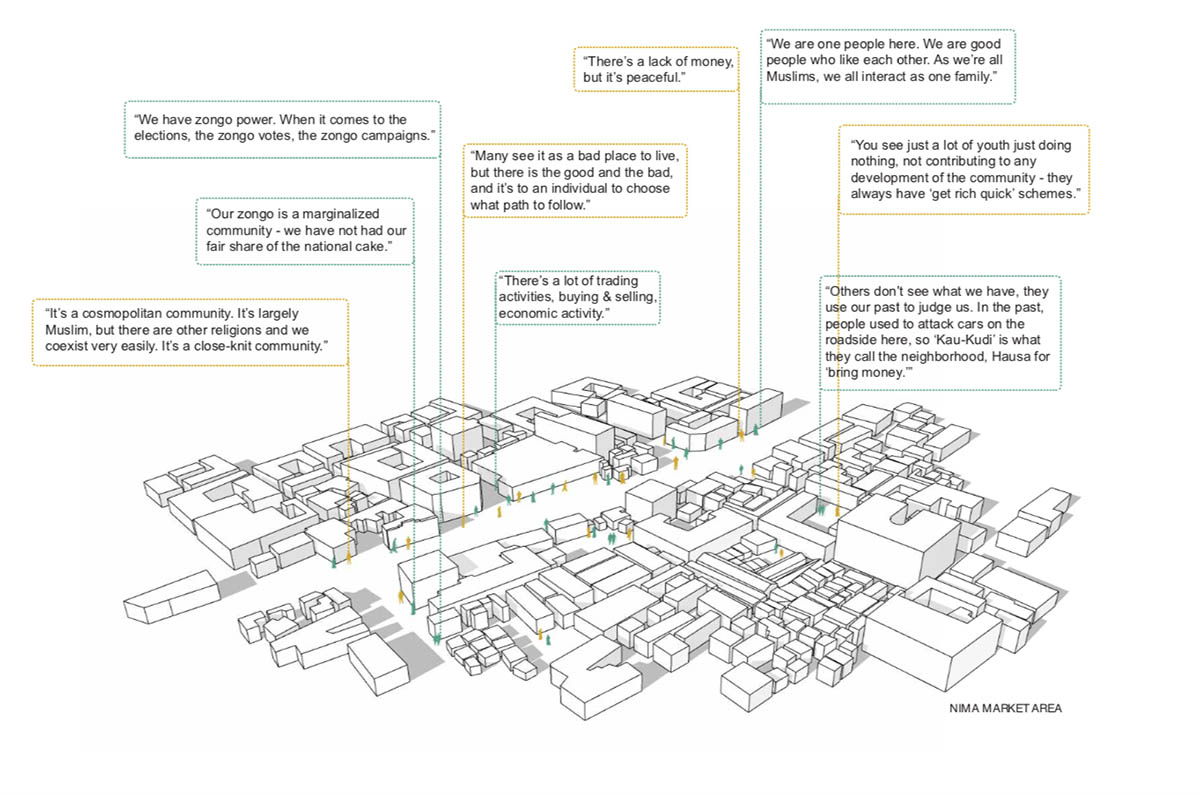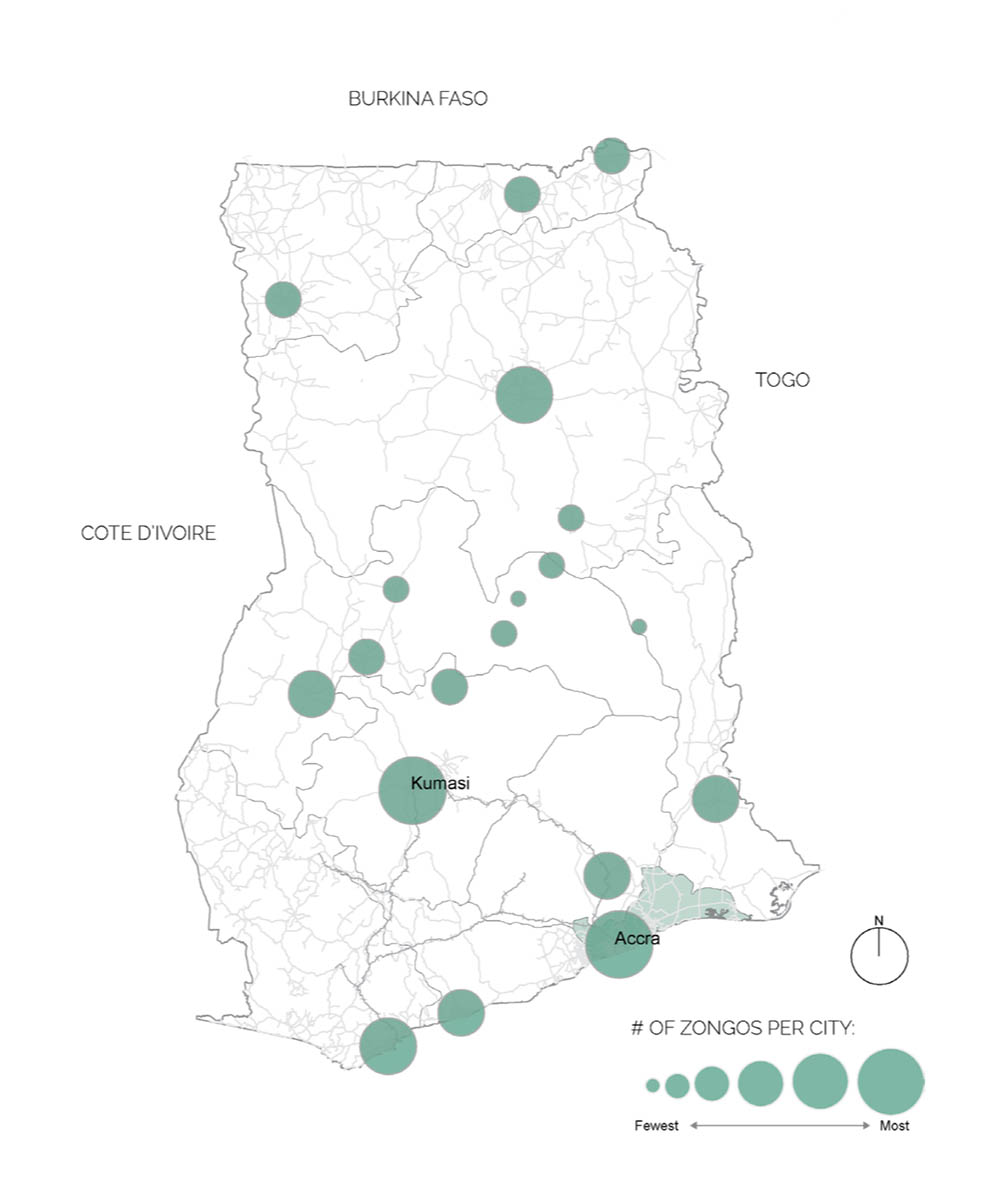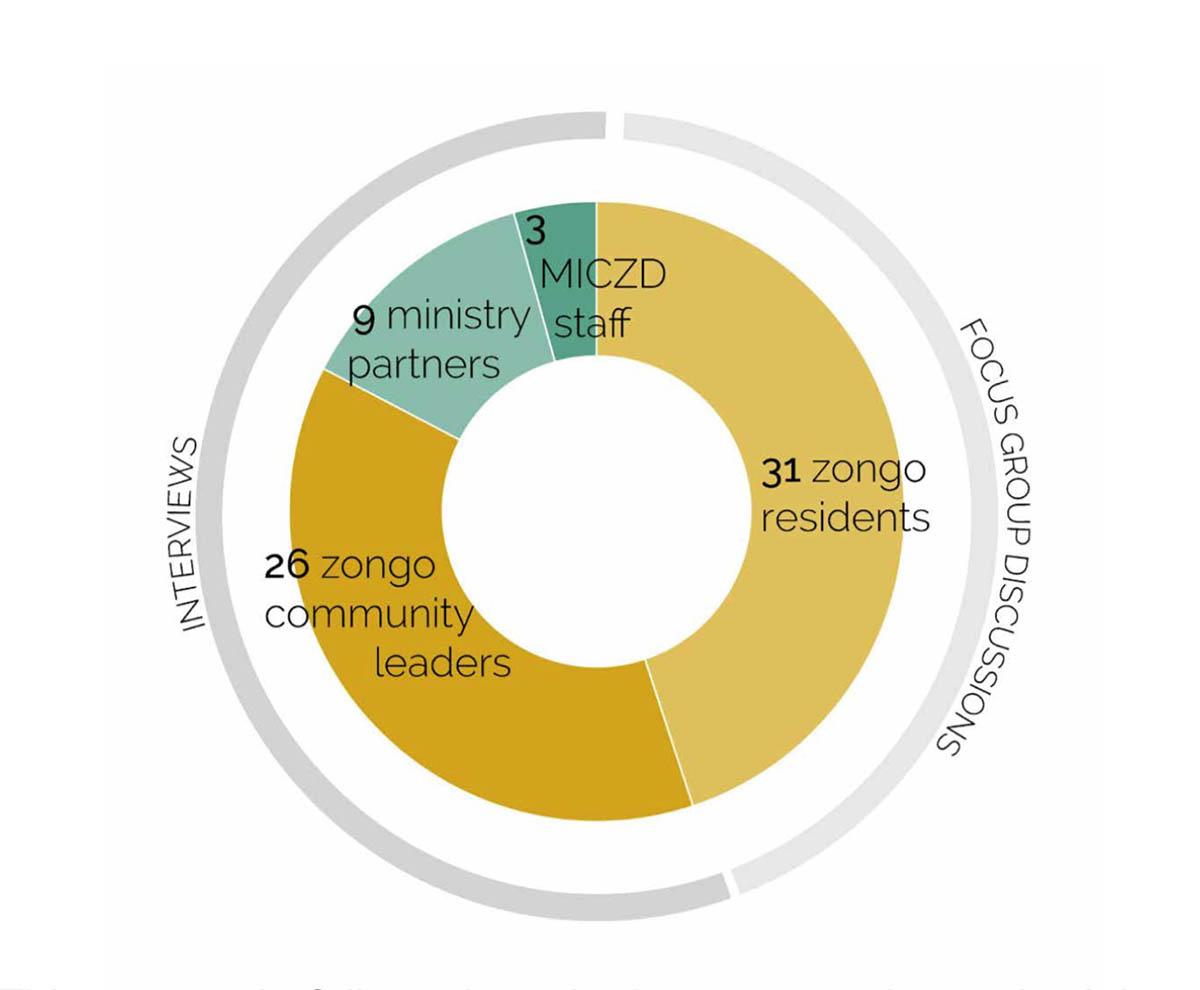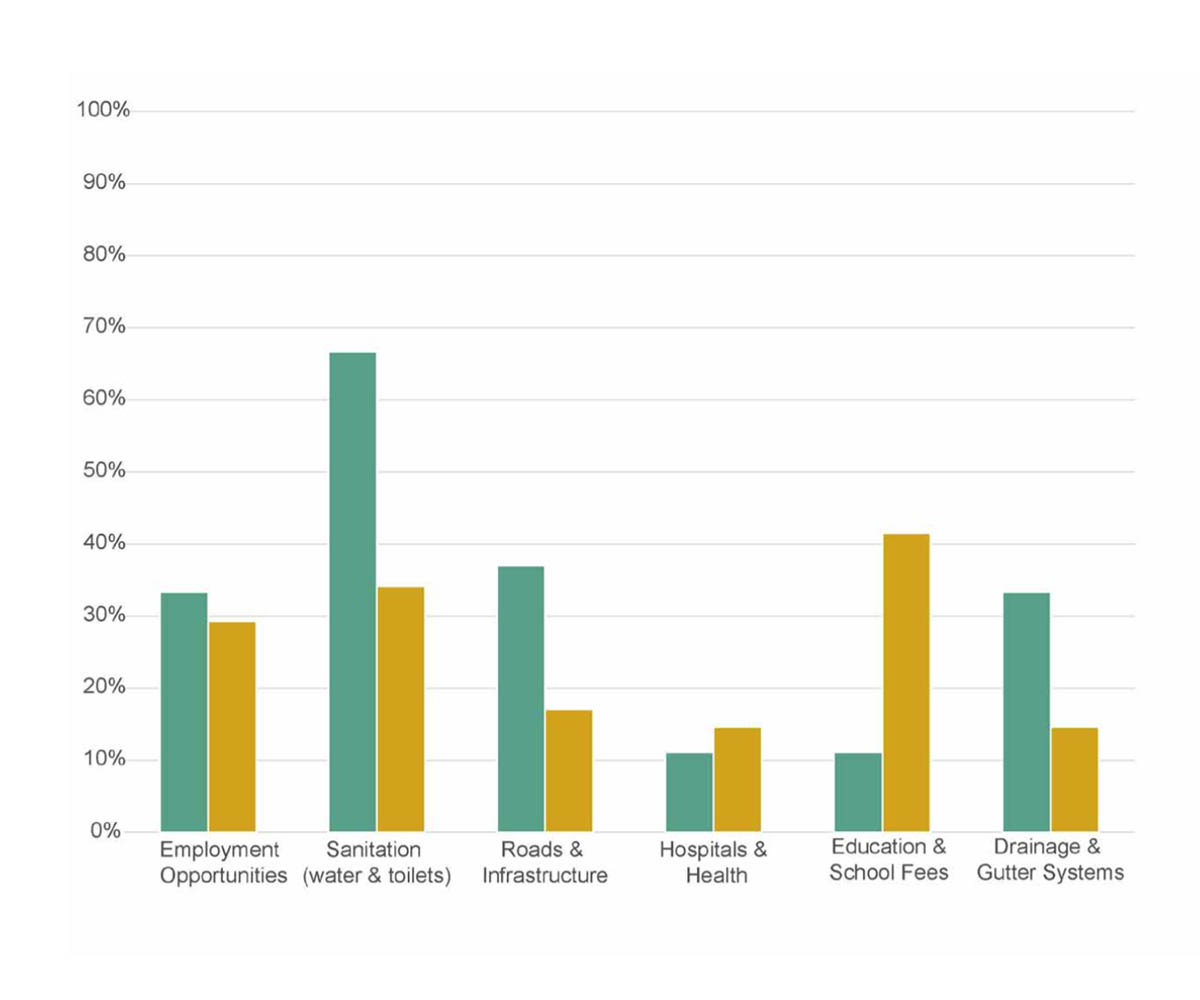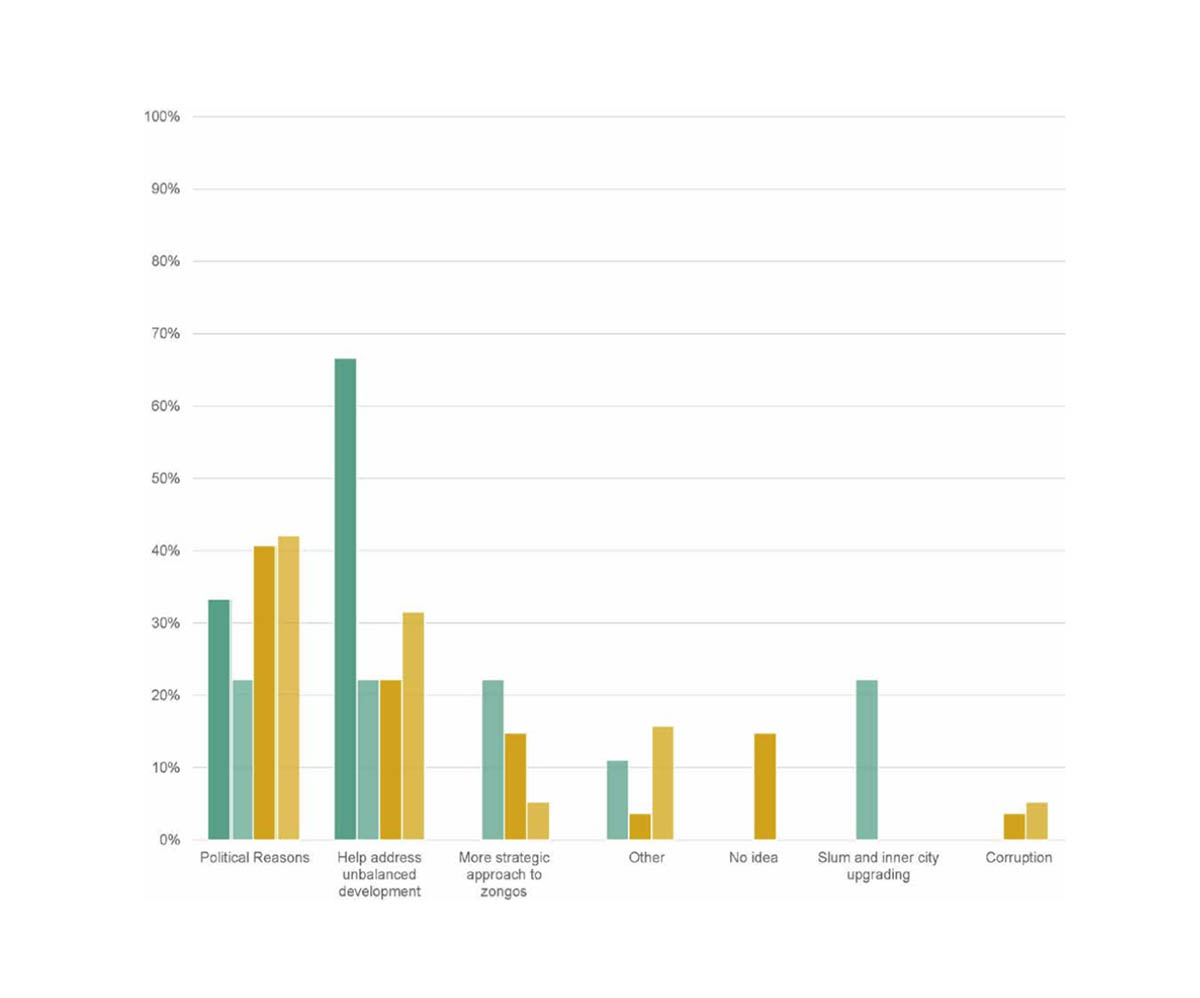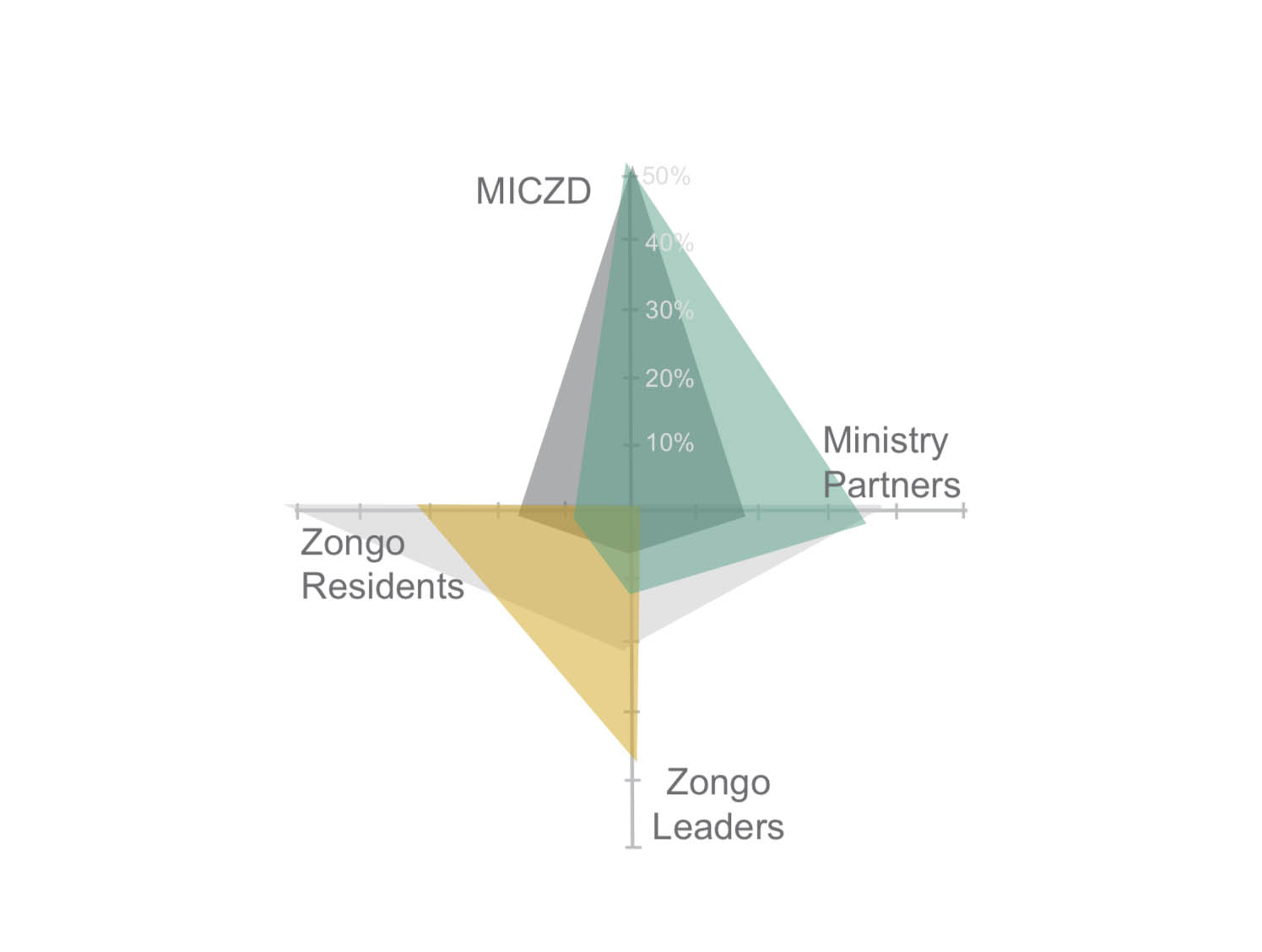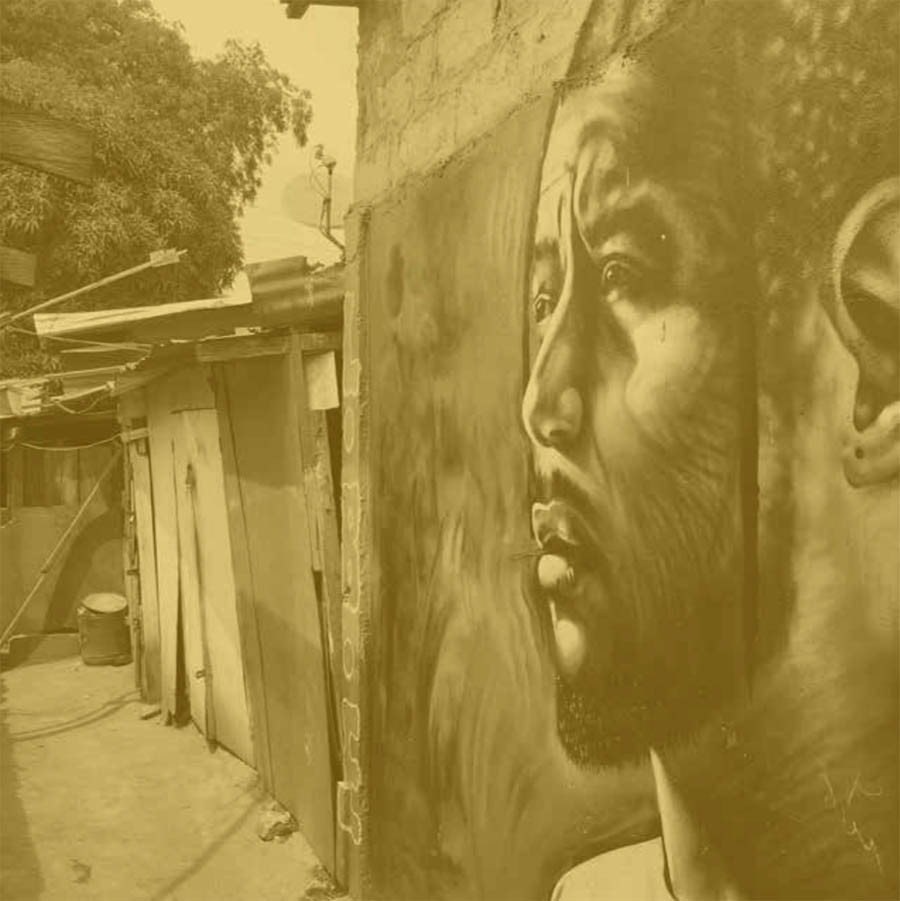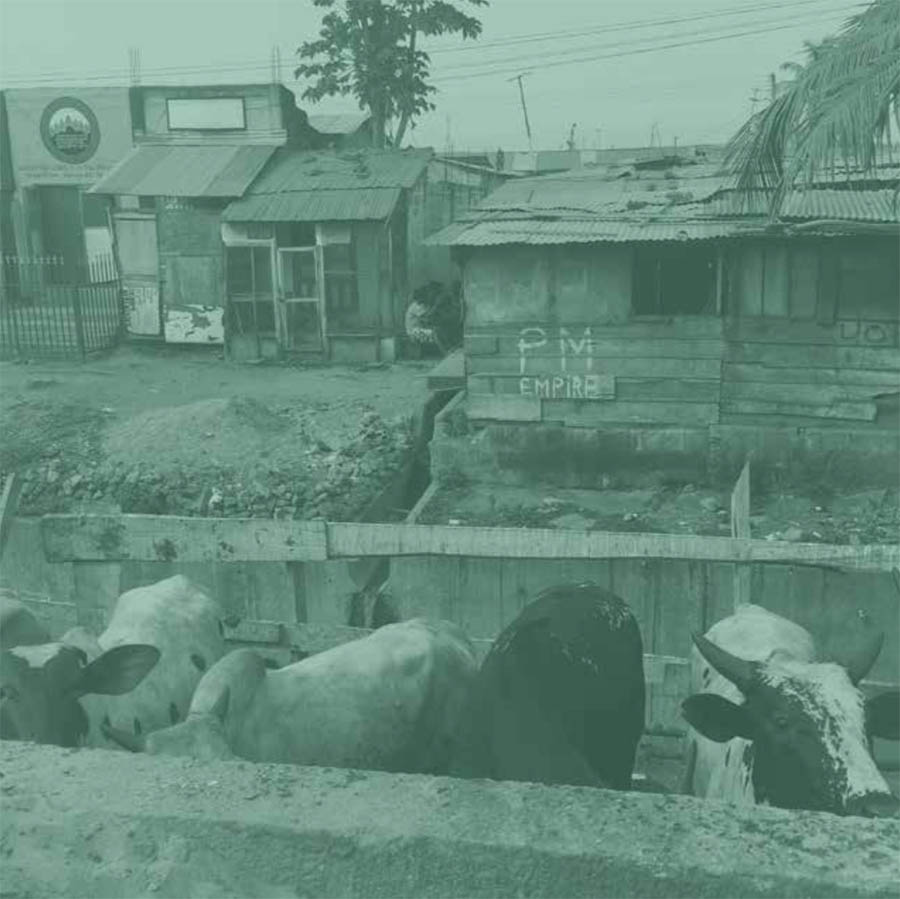Redefining the State-Society Interface: Learning from Ghana’s Ministry of Inner City & Zongo Development
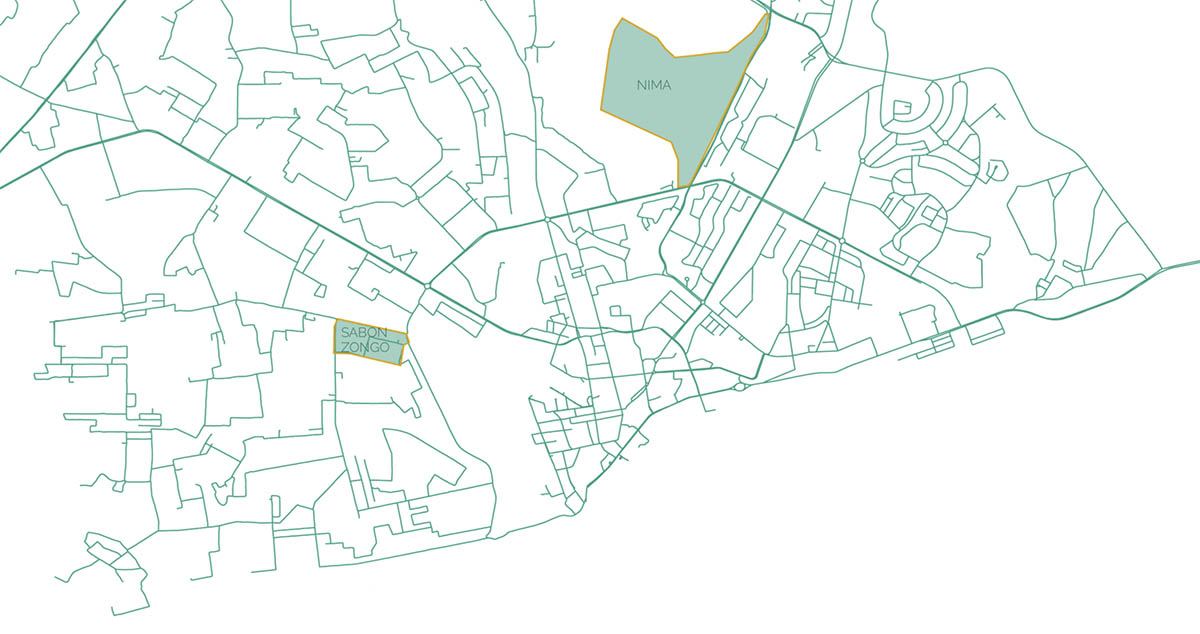
by Colleen Brady (MUP ’18) — Recipient of Urban Planning and Design Thesis Prize in Urban Planning
Global trends focusing on accountability and community participation have led many governments to address marginalized populations previously left behind by urban development. This paper examines how governments engage with socio-spatially marginalized populations through the policies and programs they adopt, focusing on the “state society interface” where government priorities and marginalized communities interact. It focuses on a case study of Ghana’s newly created Ministry of Inner City and Zongo Development (MICZD), an emerging government initiative that is engaging with a marginalized community. The MICZD’s stated objective is to improve the social and infrastructural development of zongos, or “stranger’s quarters,” which have historically housed northern Hausa migrants and over time have become associated with slum-like conditions.
Building on the literature on state-society engagement, community participation, and urban citizenship in the global South, the study draws on 38 interviews with government stakeholders, community-based organizations, and local leaders as well as on 4 focus groups with zongo residents. The results reveal several key findings related to this effort of state-society engagement. First, the MICZD’s engagement with zongos is broadly perceived as politically motivated. These political motives are viewed negatively by some participants and positively by others. Second, while the MICZD has achieved some legal and administrative milestones, engaging zongo communities to some extent thus far, this timeline is perceived very differently depending on who is asked. Third, while there is agreement by MICZD and residents that zongos’ needs are central to the Ministry’s work, these actors differ in the degree to which they prioritize physical versus social improvements. Finally, the Ministry’s approach is understood as novel in several ways, but, perhaps as a result, different groups have varied visions of what it would look like for MICZD to be successful. Considering some of these challenges, the paper identifies two potential paths toward more productive and empowering state-society engagement – creating continuous engagement platforms and counterbalancing powers – and proposes how lessons from the case of the MICZD can serve as a learning opportunity for governments engaging with marginalized populations worldwide.
